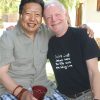By Rob Nairn – Odyssey Feb/March 2004 #150
A true guru is an enlightened teacher – one who has gone ahead and can guide others safely on the path of life. In Tibetan Buddhism a guru is essential, says Rob Nairn, who believes transcendence is possible within a lifetime.
I met my guru 35 years ago and didn’t bliss out or see lights. He was stern and hardly spoke. I thought I had done something wrong. Later I learned that the guru reflects our minds back to us. We don’t want this because we prefer not to face ourselves. We want to be told how special we are and made to feel good. A real guru won’t do this because it doesn’t help. They are born to help us, not inflate our egos.
I was tested for years to find out if I was serious about my spiritual aspirations. I also did some testing to find out if my guru was for real. Now I find most of the help and guidance arising inwardly – very quietly, so I must listen without egocentric grasping. A wise man said: “A student who has confidence in the guru will become enlightened as certainly as a person who jumps off a cliff will hit the bottom.”
Maitripa, one of the great Mahasiddhas of the 10th century, defined Mahamudra as: “Non-dual awareness that transcends intellect; it is non-conceptual, lucid like all-pervading space. Through manifesting boundless compassion, it is devoid of self-nature. It is like the reflection of the moon on the lake’s surface, lucid and indefinable, without centre or circumference, unstained, undefiled and free from fear and desire. Like a dream of a mute, it is inexpressible.”
This is what is so fascinating about the path of meditation – it takes us beyond our boundaries. What are those boundaries? They are our thoughts, concepts and mental and emotional understandings. The life we know is limited by concepts, which are the raw material of egocentric and unenlightened existence or Samsara. Mahamudra is the heart of the Kagyu Lineage and the path followed by all the great masters who became enlightened.
The course of training involves the following:
First, is what I call the bachelor’s degree in Kagyu education, which is the four ordinary and four special foundations. These meditations involve visualisations, chanting, mantras, prostrations, reflecting and offerings. A working person should be able to complete this in two years.
Second, simultaneously one begins a series of over 50 progressive meditative exercises, which train one to stabilise the mind and to meditate on emptiness, resting the mind in its own nature. A lot of this training will be familiar to those who have practised shamatha or tranquility meditation. This aspect of the training can cover three to seven years, depending on the intensity of the programme.
A third element is the connection with the guru. This is actually the foundation of everything else.
The course I intend offering will run over five years and will require commitment from participants to do a certain amount of daily practice. Refuge will also be a prerequisite since the meditations bring students into the mainstream of the Kagyu transmission. Participants will need to have the various levels of authorisation for doing the four foundations, which will be given by Akong Rinpoche, when he visits SA this year.
The life of Dr Akong Tulku Rinpoche
By Ken Holmes
Akong was born in 1939, near Riwoche in Kham, Eastern Tibet. He was discovered at a very young age by the search party seeking the reincarnation of the previous (1st) Akong, Abbot of Dolma Lhakang monastery near Chakdado, near Kham.
Around the age of four, the child was taken to Dolma Lhakang to receive the spiritual and formal education necessary for him to be able to resume his work as Abbot later on. Dolma Lhakang was a monastery with some 100 monks and many associated small retreats and nunneries.
As a teenager, he travelled to communities performing religious ceremonies and treating the sick after training in Tibetan medicine.
The 1959 takeover of Tibet by China caused him to flee to India, in a nine-month journey with a 300-strong party, of which just 13 survivors made it to safety.
In 1963 he was able to sail to England to learn English at Oxford where he supported himself by being a hospital orderly, sharing an apartment with Tulku Chime of the Benchen Monastery.
The next 25 years (1963–1988) were spent introducing the West to Tibetan culture and religion. In response to a growing demand for specific teachings from the Kagyu traditions, he invited its greatest living scholars and meditation masters to Scotland.
Dr Akong Tulku’s main activity in the 1990s concerned the expansion of his humanitarian activities, principally in Tibet and Nepal, but also in Europe, where he started several soup kitchens to feed the homeless in major cities.
With tremendous vigour and diligence, he has brought well over 100 projects into existence, each project being a school, clinic, medical college, self-help programme or scheme to save the Tibetan environment. These are mainly located in isolated rural areas of the eastern part of the Tibetan plateau.
In 1994, Akong Rinpoche was one of the people to discover the reincarnation of the 16th Gyalwa Karmapa. He took him to the Karmapa seat at Tolung Tsurpu monastery and later arranged the visit of the two Regents – the 12th Tai Situpa and the 9th Goshir Gyatsabpa – who gave him the naming ceremony and later enthroned him formally as the 17th Gyalwa Karmapa, Urgyen Drodul Tinley Dorje.
Dr Akong’s brother, the Ven Lama Yeshe Losal, now runs Kagyu Samye due to the increased burden of Rinpoche’s work in Tibet.



